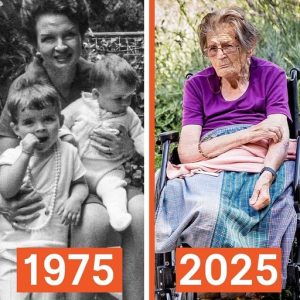After returning from a two-week work trip, you were thrilled to reunite with your dog, who had been staying at a 24/7 daycare facility. However, your excitement turned to surprise when you noticed a small blue tattoo on her stomach. This unexpected discovery left you with many questions. Why was the tattoo there? Who had authorized it? Exploring the possible reasons behind the marking and determining the next steps is essential to addressing your concerns.
Pet tattoos are more common than many owners realize. Historically, they were used for identification before microchips became standard practice. They can also indicate that a pet has been spayed or neutered, serving as a permanent medical record. Understanding these purposes can help clarify why your dog might have been tattooed—whether for identification, medical documentation, or another reason entirely.
24/7 daycares provide a range of services, including boarding, grooming, and sometimes even basic veterinary care. Their primary responsibility is to keep pets safe and healthy while their owners are away. Reviewing the daycare’s policies and the services they offer may provide insight into whether the tattoo was part of a standard procedure or an unusual occurrence.
The blue color and stomach placement of the tattoo suggest it could be a spay/neuter marker, as this is a common practice in veterinary medicine. However, performing such a procedure—or applying a tattoo—without explicit owner consent is highly unusual. To determine the tattoo’s true meaning, you should consider its appearance, placement, and whether any medical procedures were performed during your dog’s stay.
Moving forward, the best course of action is to contact the daycare for clarification. Request a detailed explanation of their policies and any procedures performed on your dog. If their response is unsatisfactory, consulting a veterinarian or legal professional may be necessary. Ensuring your pet’s well-being and understanding the circumstances behind the tattoo will help you make informed decisions moving forward.






